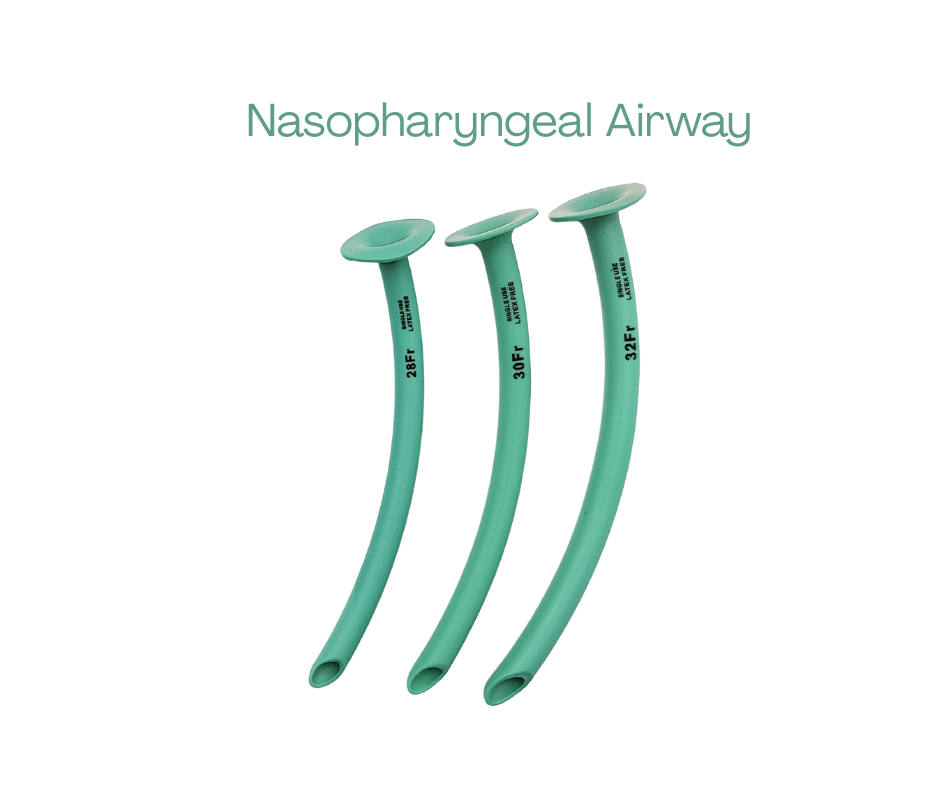TEl: +86-13148388090
Fax:+86-571-88616515
Why the Golden Hour Is Critical for Survival
Author: admin / 2025-04-30When R Adams Cowley coined the term ‘Golden Hour’ in the 1960s, he probably could not have anticipated that the concept would revolutionize trauma care. In emergency medicine, every second counts, and it proves it. During this short but critical window, getting control of the airway (using tools like a nasopharyngeal airway/NPA), stopping bleeding, and stabilizing circulation can significantly boost survival rates.
Studies show that trauma patients treated within the Golden Hour are up to 80% more likely to survive. But once that sixty minutes passes, the risk of permanent organ damage—or death—skyrockets. Therefore, whether you are a health professional or a member of the military, it's significant to know the importance of those 60 minutes when saving lives.

Why the Golden Hour Matters?
The body can deteriorate rapidly after trauma. Immediate treatment—especially when major organs or the airway are involved—dramatically improves outcomes. According to U.S. military data, patients who received care within the Golden Hour had up to a 30% higher survival rate than those treated later.
Delays Can Be Fatal
-
Organ failure may begin within minutes due to hypoxia.
-
Massive blood loss can cause irreversible shock.
-
Airway blockages can lead to brain damage or death in under 5 minutes.
Supporting the Golden Hour with Nasopharyngeal Airways (NPA)
When it comes to saving lives during the Golden Hour, maintaining an open airway is one of the top priorities. The nasopharyngeal airway (NPA) is a simple but effective device designed for this purpose.
What Is a Nasopharyngeal Airway?
An NPA is a soft, flexible tube inserted through the nose to secure a clear airway. It's especially helpful in unconscious patients or those with facial injuries, where other methods may be ineffective or unsafe.

How It Works
-
Keeps the airway open even if the tongue relaxes and obstructs breathing.
-
Allows spontaneous breathing, unlike intubation.
-
It can be quickly inserted with minimal training.
NPA vs. Other Airway Management Methods
|
Feature |
Nasopharyngeal Airway (NPA) |
Oropharyngeal Airway (OPA) |
Endotracheal Intubation |
|
Insertion Speed |
Fast |
Fast |
Slower |
|
Invasiveness |
Minimally invasive |
Minimally invasive |
Highly invasive |
|
Patient Consciousness |
Can be used on semi-conscious patients |
Only for unconscious patients |
Requires sedation |
|
Use with Facial Trauma |
Preferred |
Not recommended |
Risky without imaging |
|
Training Required |
Minimal |
Minimal |
Advanced medical training needed |
Why Choose an NPA?
-
Speed: Seconds matter. NPAs can be inserted in less than 10 seconds.
-
Safety: Lower risk of gag reflex and vomiting.
-
Flexibility: Useful across a range of trauma types.
When to Use a Nasopharyngeal Airway
NPAs are ideal for use in challenging environments where quick decisions are critical and medical resources are limited.
Battlefield
NPAs are a core component of trauma kits used by military medics. In fact, the army nasopharyngeal airway is often the first line of airway management in combat zones.
Vehicle Accidents
In high-impact collisions, NPAs help stabilize patients before they reach the ER, especially when spinal precautions are necessary.
Natural Disasters
When hospitals are far or inaccessible, NPAs offer a fast solution to keep victims breathing until help arrives.
Field Medics and First Responders
Whether in urban trauma or wilderness rescue, a trumpet airway gives first responders a reliable way to secure the airway.
Choosing the Right Nasopharyngeal Airway Kit
For medical professionals and emergency responders, selecting the right nasopharyngeal airway kit is key. Look for these features:
-
Sterile, lubricated packaging
-
Soft, medical-grade materials
-
Flared or trumpet ends to prevent displacement
-
Multiple sizes for patient fit
Conclusion
The Golden Hour is not just a medical concept—it's a call to action. Prompt intervention within 60 minutes can turn the tide for critically injured patients. An NPA is a small device with a big impact, giving first responders and military medics the ability to act quickly, save lives, and buy precious time. Prepare for the unexpected. Equip your team with a reliable nasopharyngeal airway kit today. Lives depend on it.
- Bladder Health Guide: Understanding Overactive Bladder (OAB) and Practical Management Tips
- Bladder Health Essentials: Preventing and Managing Incontinence
- Bladder Health Awareness Month: Protecting Your Bladder & Managing Urinary Incontinence
- How to Choose a Reliable Nasopharyngeal Airway Supplier: A Deep-Dive Procurement Analysis


